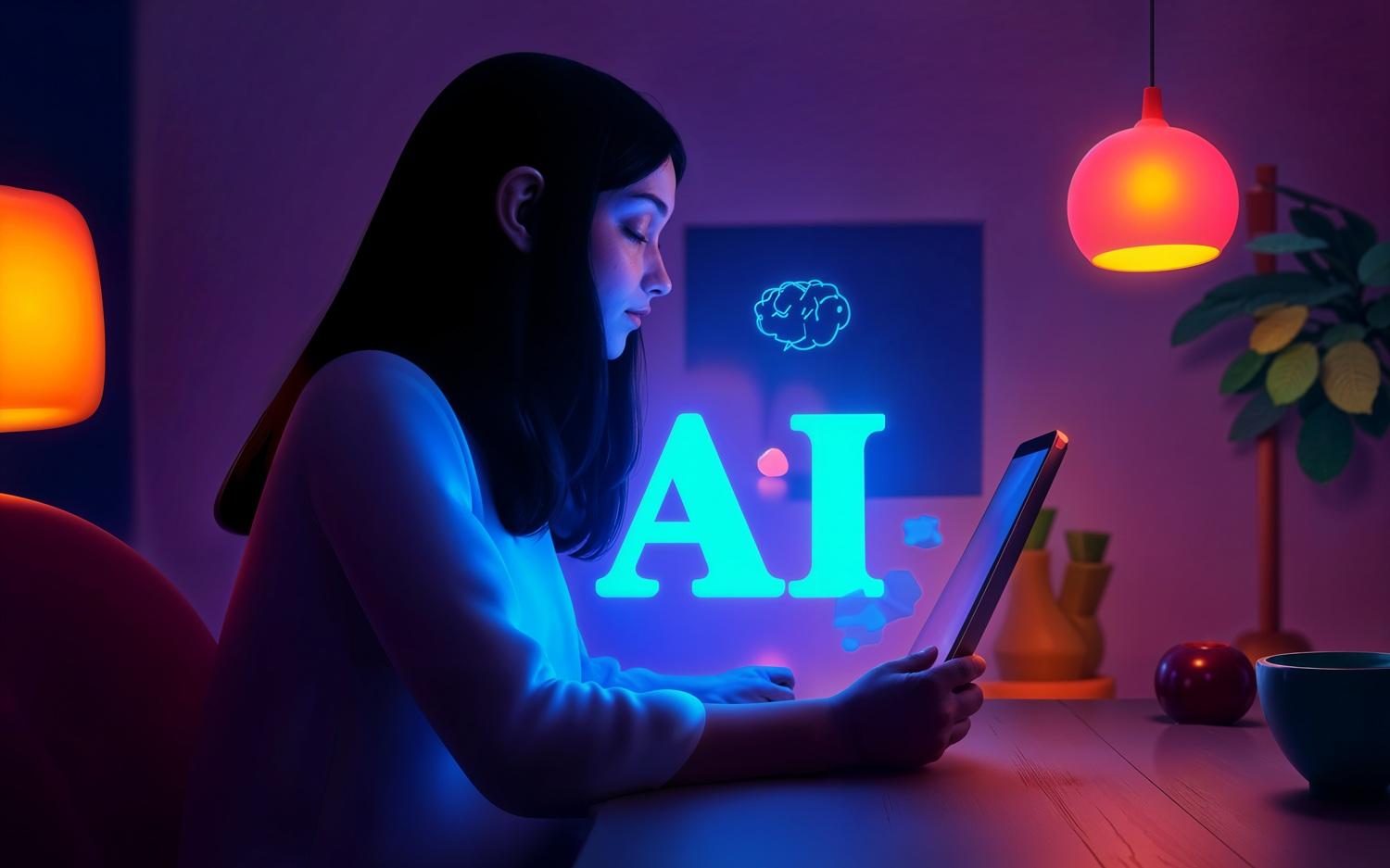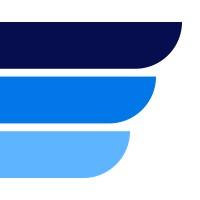Notifications
12 minutes, 46 seconds
-19 Views 0 Comments 0 Likes 0 Reviews

Ever wondered how Netflix knows exactly what you want to watch? Or how your phone’s face unlock works like magic? There are many other things that seem magical at first in the digital world. They use complex algorithms to mimic the human brain and develop apps that improve user experience. These are artificial neural networks, the brains behind smart apps. They learn what you like, what you say, and even how you think. From voice assistants to photo filters, neural networks quietly power your digital world.
Suppose you are interested to learn more about this amazing technology and understanding how it makes mobile apps even smarter every day. In that case, we can help you to achieve this great addition to your knowledge. And whenever you build an app, you can use this technology to power your product effectively.
We have broken it down into the simplest ways possible. So you can understand the technology behind the next-gen app.
Neural networks are found in the brain cells of a human being. When a computer is trained to mimic how the human brain works, it is called an artificial neural network. It is a subset of deep learning, and deep learning is the subset of Artificial intelligence. So, neural networks are like the brains behind AI apps, AI models, and software. Additionally, AI in digital marketing has helped many companies to increase their apps’ visibility. So, technology not only helps make apps futuristic but also helps attract more customers.
This is because when computer systems are designed to work like the human brain, they can do many tasks without human intervention and automate various processes. Just like your brain learns by seeing, hearing, or experiencing things repeatedly, neural networks learn from data and help to develop future-ready apps.
Think of it like this:
Imagine you are teaching a kid to recognize a cat. You show them 10 pictures of cats. They might still confuse a dog for a cat. But if you show them 1000 cat pictures with different sizes, shapes, and angles, they start getting better. The kid can learn patterns like pointy ears, whiskers, furry bodies, etc. Neural networks do the same; they learn by being fed tons of examples or big datasets.
Here is one more example for better understanding.
Let’s say you use a photo filter app that blurs the background automatically. But how does it know what to blur and what not to? The app uses neural network algorithms that are trained on thousands of photos. So, it knows what to blur and what not to. It learns how a person usually looks and what the backgrounds look like.
So, neural networks help the app “understand” the photo like a human would. The more data is fed to the app, the smarter it becomes over time to provide more accurate results.
Different types of neuron (Digital neuron) networks are used to develop an app. Well, there are many other frameworks and tools that also help complete app development, but since we are focusing on neural networks and AI only, we will cover this part for now.
So, let’s learn about the different types of neural networks below.
A Feed-Forward Neural Network is the most basic type of neural network. Many applications use it. It is simple because data flows in one direction, from input to output, with no loops. It is used for tasks like predictions and classifications. For example, A fitness app uses it to estimate calorie burn based on workout details.
Well, this is fast and efficient, but it can’t handle time-based or sequential data well. This type is perfect for you if your app needs basic, straightforward tasks. Some finance apps also use it to predict monthly spending based on past behavior. Amazon uses the Feed Forward Neural Network to train its product suggestion engine.
If you want to train your app on image-related tasks, this type of neural network will be used for the development. It scans and understands images by focusing on patterns like edges, colors, and shapes. It is great at recognizing scenes, objects, and faces, which is why they are used in photo apps, face filters, and even self-driving cars. You must have used Instagram and Google Photos; these apps use AI to tag people and organize photos.
You can choose Convolutional Neural Network to add image-based features to your app. It's a fast, accurate, and powerful technology that powers many apps. Snapchat uses it for face detection for AR filters, and Google uses it to classify photos like beaches, food, dogs, etc.
As the name implies, it is based on sequences. It remembers past data to make better predictions. If you are building an app that handles text, speech, or time-based data, it can be the perfect technology to write algorithms. Siri or Google Assistant understands what you say, but how? RNN recognizes voices and text to respond accordingly. You can also use it to train your app for audio-text, chatbots, and language translation.
It will help your app understand the flow of conversation or sentences. Popular apps also leverage the power of this technology. For example, Grammarly uses RNN to understand sentence structure and provide users with grammar suggestions.
A generative adversarial network is another type of neural network on the list. It is used to create new, realistic data. It further uses two networks called a generator and a discriminator. The generator makes fake data like images, and the discriminator checks if it's real or fake. So, they compete with each other and improve over time.
GAN powers photo editing apps. It is also used in face aging, creative art, and even generating deepfake videos. Popular apps like FaceApp and Prisma use GANs to make your photos look older or apply artistic styles. Besides FaceApp and Prisma, Reface, Lensa AI, and TikTok filters also use this technology. GANs are also becoming a part of digital marketing. They help brands create personalized content, AI-generated ads, and virtual influencers.
You will need to follow some steps to use neural networks in your app. Although you will need to learn Machine Learning and Deep learning, you can build an app with the right approach. Or, if you don’t want to develop it yourself, hire skilled AI app developers who can work on your project. We have presented the key steps below.
You need to understand how your app will reach its users. It is crucial to decide on the next step towards app development. Define what you want your neural networks to do. Do you want to use them for:
This is the most critical and complex step because you need ample datasets to feed your app; only then can it learn and become an AI app. Collecting vast amounts of data includes many steps. First, it should be useful for the app. To decide whether it is useful, clean the data, label it, and store it in the database. Now, AI engineers will analyze it and remove redundancy. You can use images, text, or audio, whatever suits your goal.
Now comes choosing the right neural network according to need. We covered only widely used types of neural networks; you must go through all of them. It will help you get an overview of what suits your app requirements the best.
Pick a model based on your data type.
CNN - for images
RNN/LSTM - for text or time series
FFNN - for simple predictions
GAN - for content creation or transformation
You can train your model from scratch. However, it can take more time and cause a delay in launching your app before the deadline. In this situation, a pre-trained model can help you save time. Python is used for writing logic. It is a widely used language for developing AI-driven apps. Integrate the many tools and frameworks that can simplify your work and help you complete the project fast.
Leveraging AI provides an edge to be ahead of the curve. It has become crucial for businesses and their marketers to include AI features in their apps and software so their services can align with the current demand. Neural networks are an inevitable part of AI, and with their help, you can also make your app future-ready. Remember, you are sure about the type of app, whether it is text, image, or video-based; the correct type of neural network will help you build it perfectly. Moreover, choose the right talent for your AI-powered app because precision is necessary to leverage new technology for better output.

